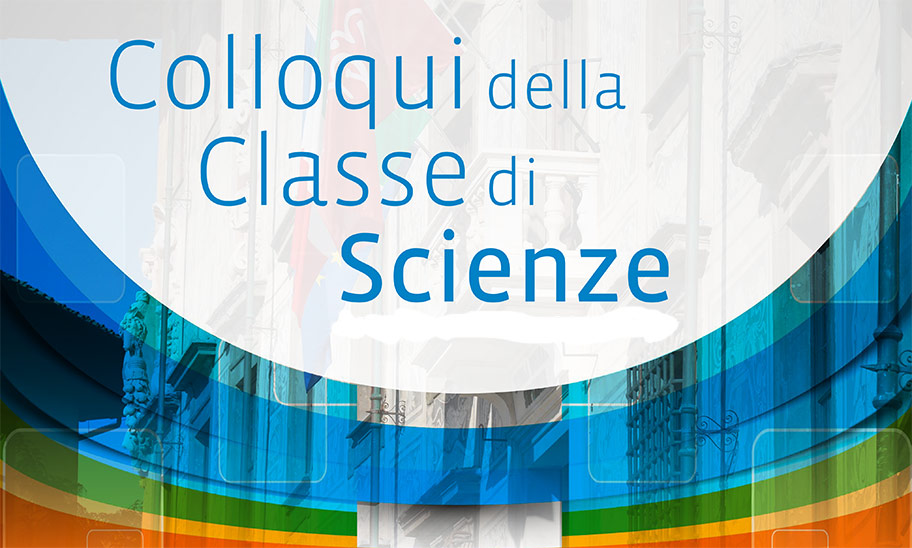
Looking for the First Stars
Italy
Abstract
Over the past several decades, the scientific pursuit of “precision cosmology” has led to the currently accepted paradigm of a universe that began in a dense, hot, nearly uniform state, and subsequently expanded and cooled through dynamics controlled by dark matter and dark energy. Within this framework, however, there are still many unanswered questions. One question is the process through which galaxies, stars, planets, and ultimately life emerged from the primordial soup. Theoretical physicists are building models of the emergence of structure and, aided by today’s powerful computers, are making remarkably detailed predictions. Experimental physicists are building large telescopes that are sensitive enough to detect signals from objects so far away that we are seeing them as they were thirteen billion years ago, when the first stars and most chemical elements were just starting to form. This lecture will describe some of the first confrontations between the theories and the measurements, with a focus on the large radio telescopes that detect distant hydrogen gas to trace the formation of structure.
